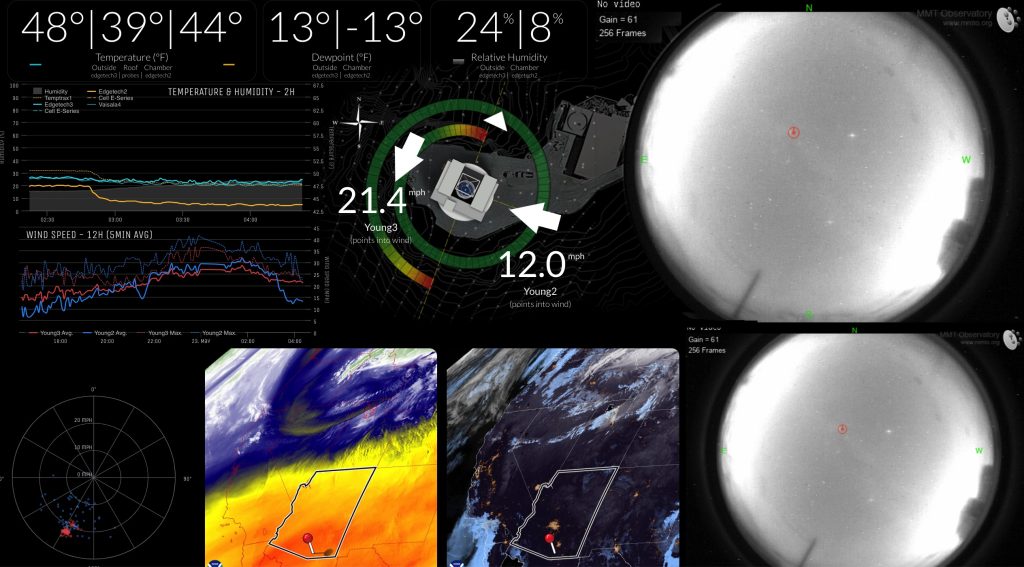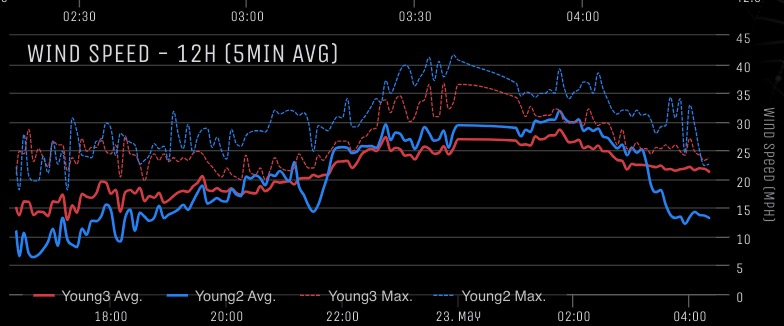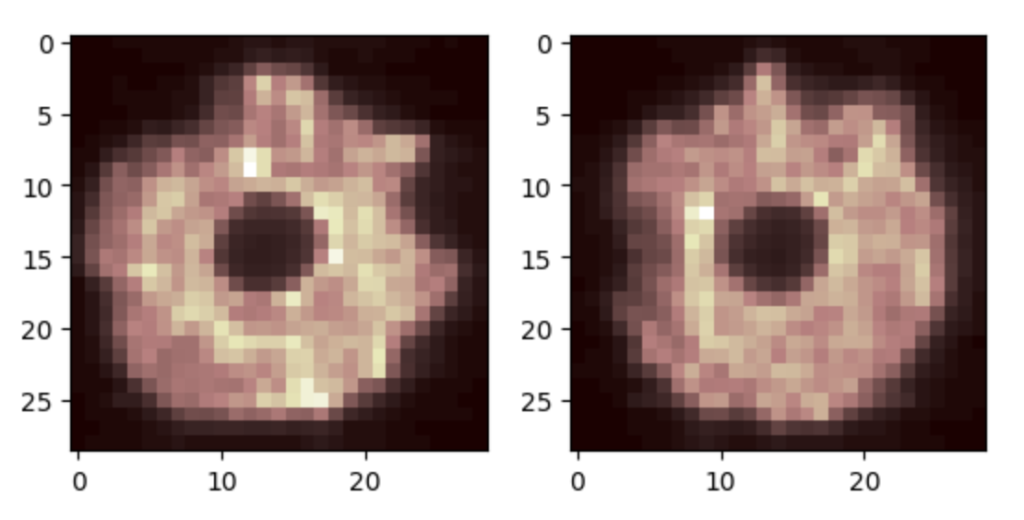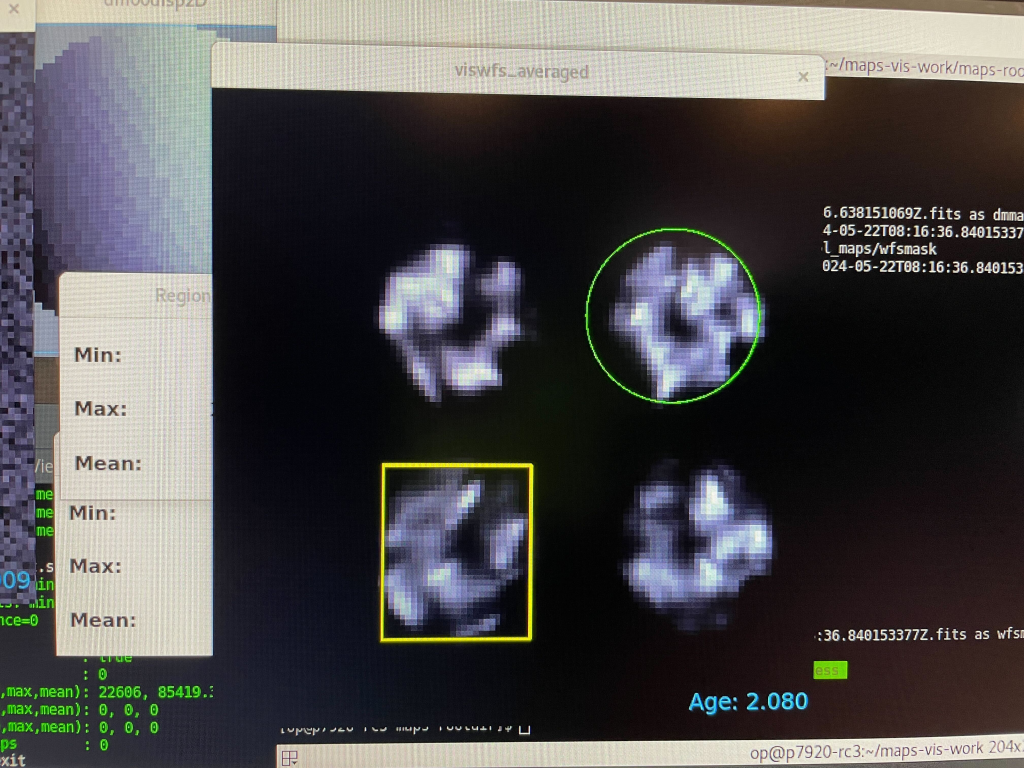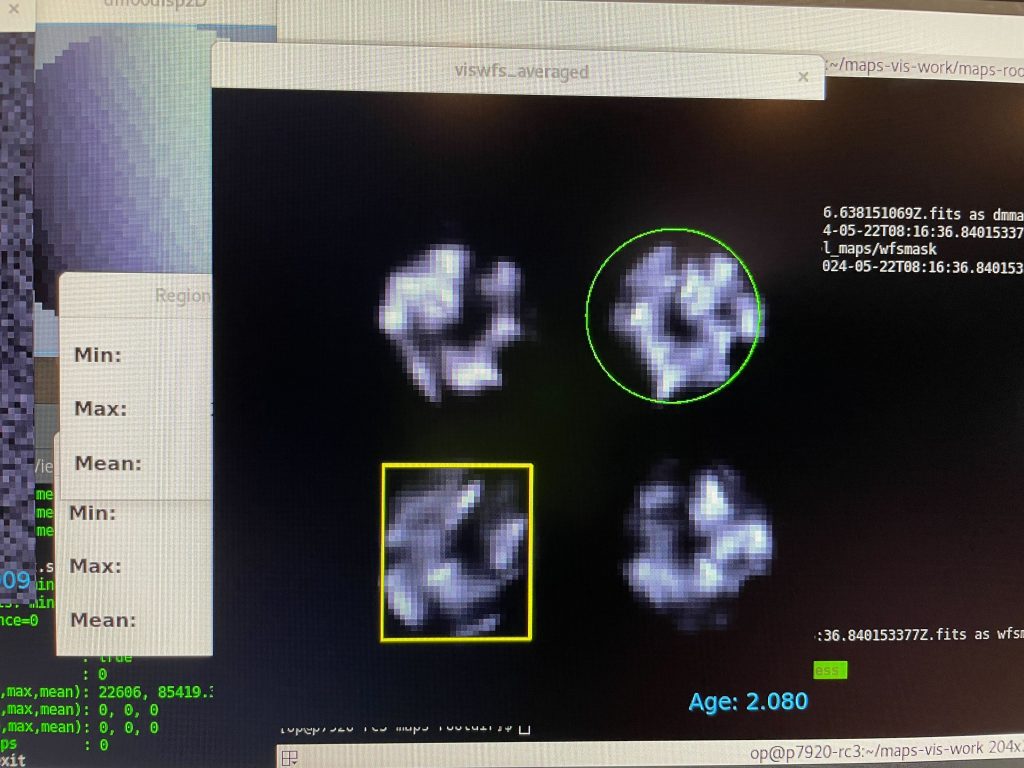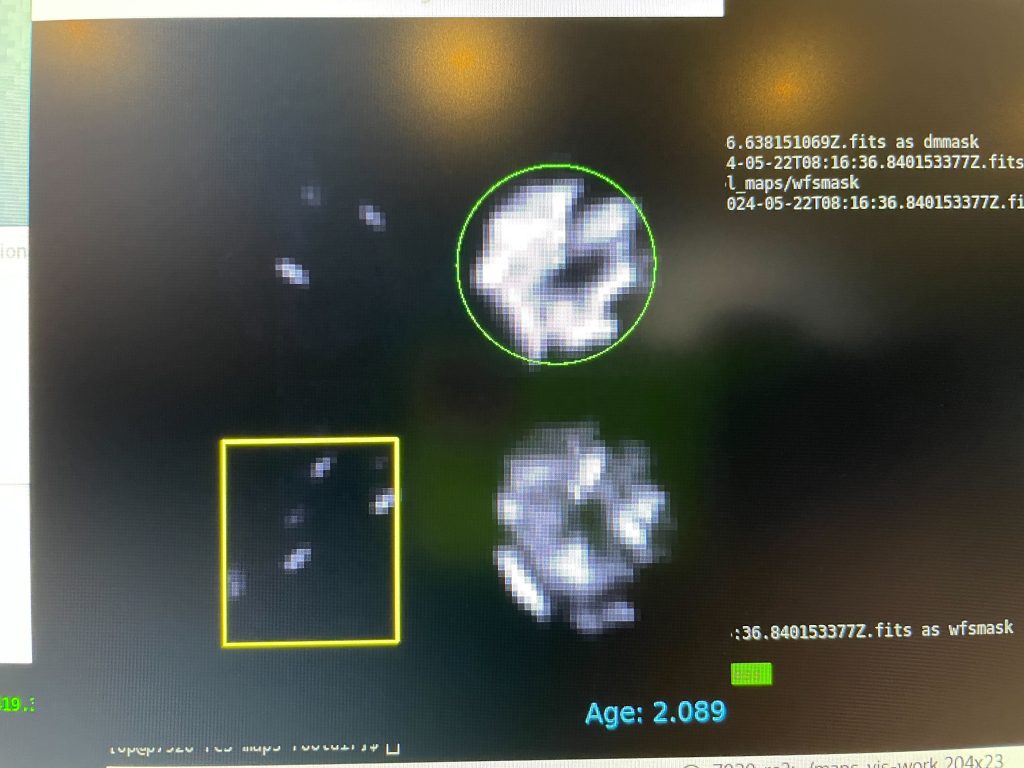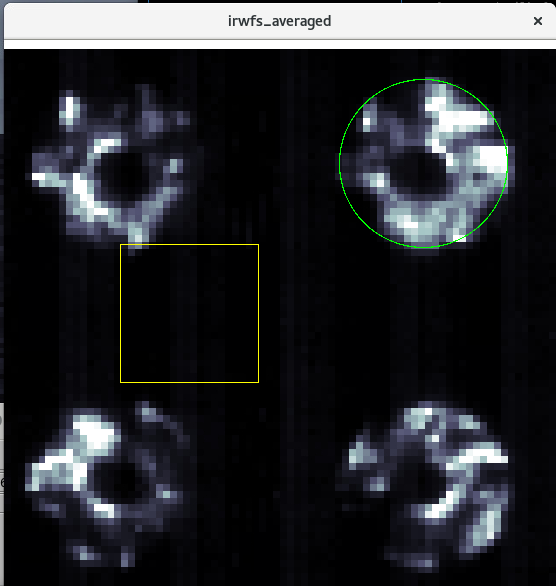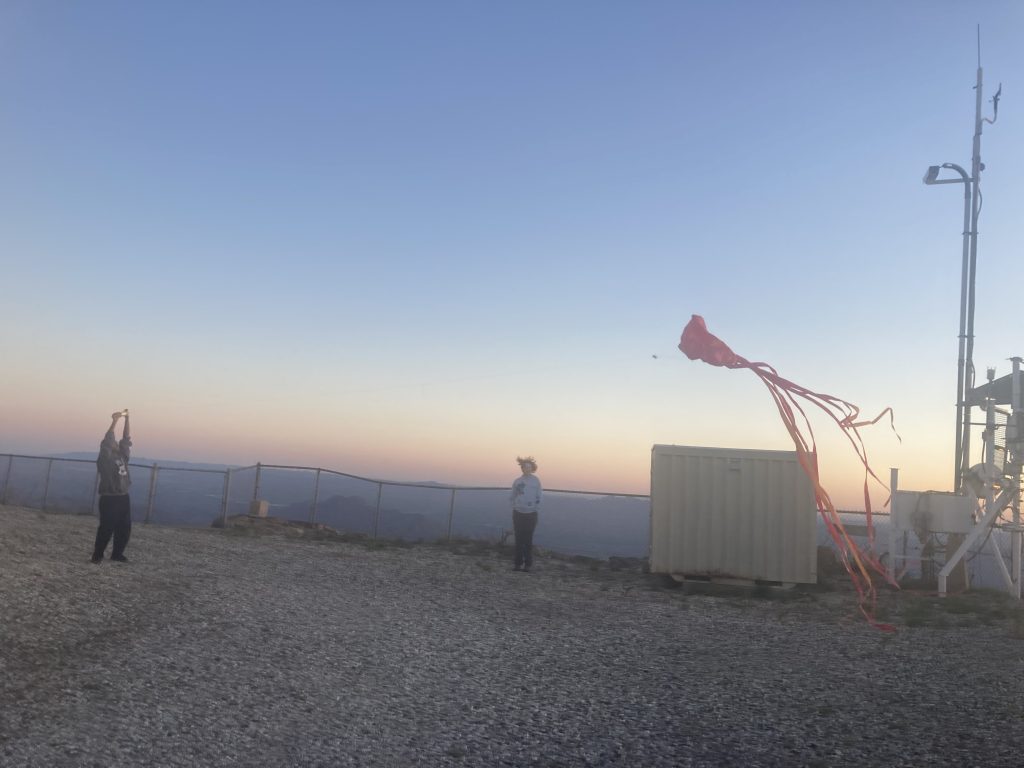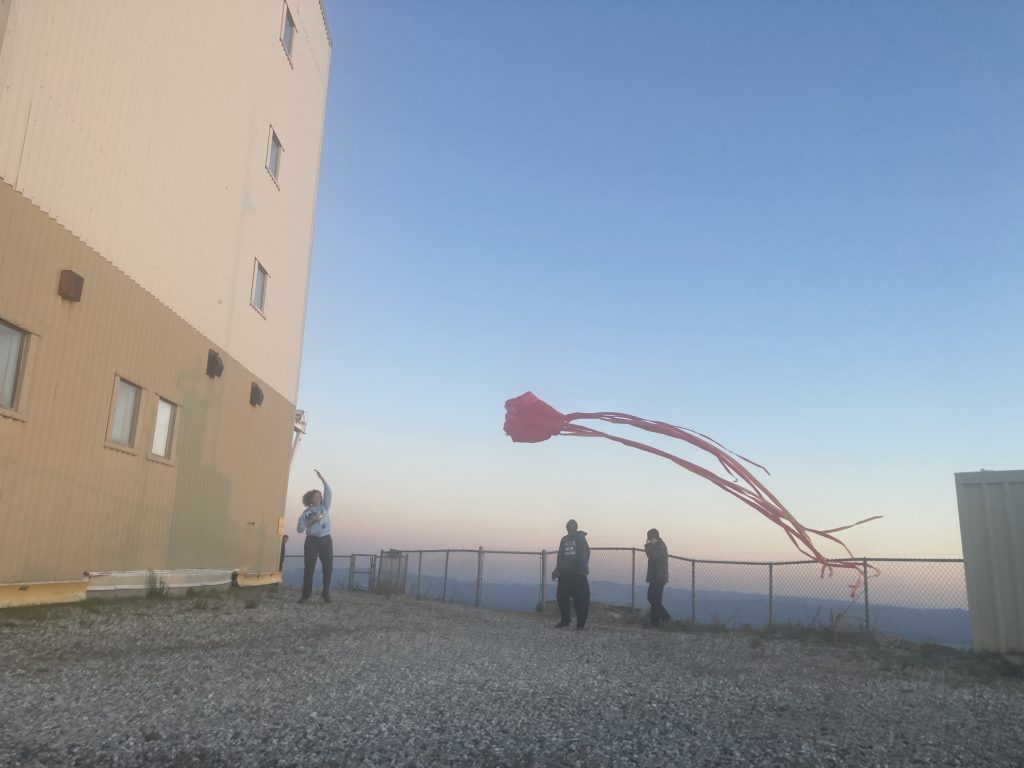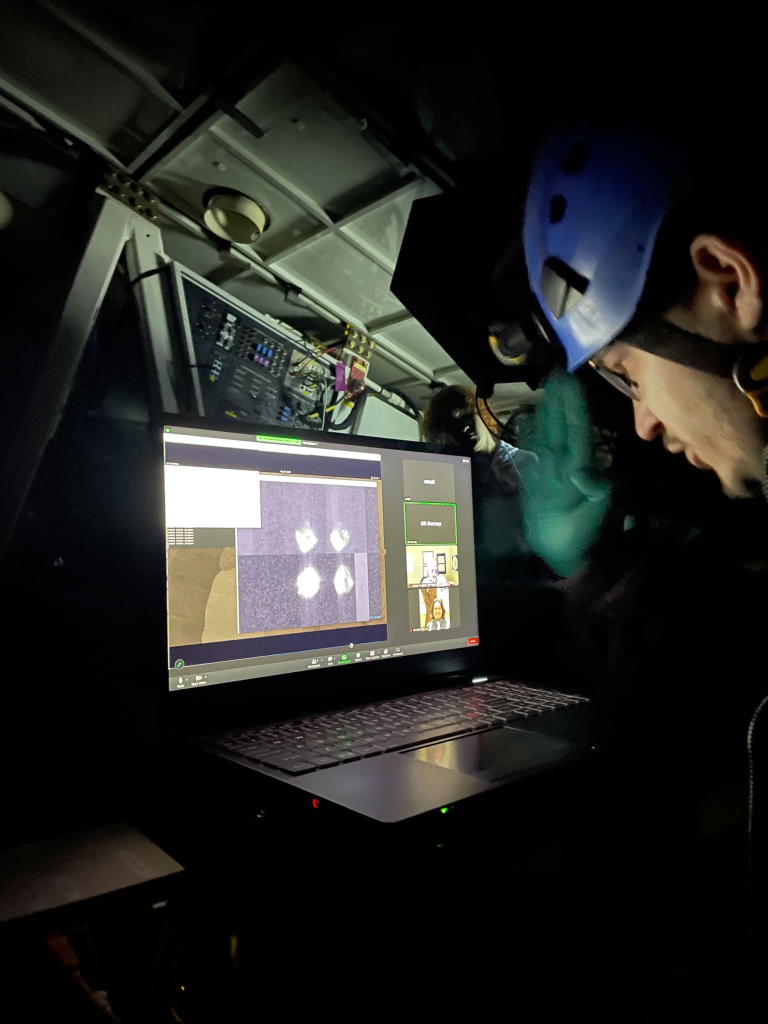I’m going to write nightly updates like last run, even though this time I’m observing remotely from the SPIE Astronomical Telescopes & Instrumentation conference in Yokohama, Japan! Luckily Manny, Jenny, Craig, Grant, Dan, Amali, Bianca, Lauren, and Jorge are there to run things locally.
(Night 1 was 2024/06/14-15th but I’m writing this a little late, during Night 2.)
On Day 1 we installed the Top Box, ASM, and … ARIES! Welcome back to the MMT, Arizona infraRed Imager and Echelle Spectrograph!
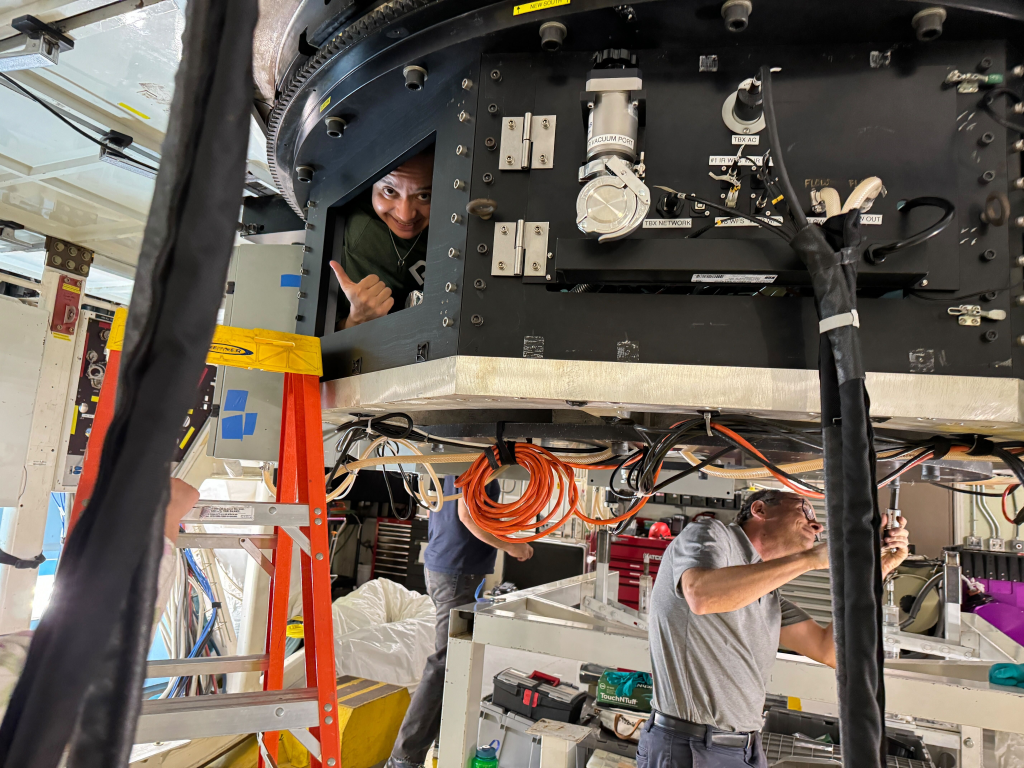
We finished installing and setting up ARIES around 11pm. Then we checked the alignment — we couldn’t find the star at first, so Grant went up with an index card into the Top Box and saw that the star was off the dichroic. He and Brian worked to add mount offsets until they had the star on ARIES and the Acquisition Camera. They were quite large, 68” in az and 14” in el, but they did the job and the old hexapod positions successfully kept the star rotationaly centered on the ARIES imager channel. Manny thinks the mounting pin may be adding friction and causing the ASM to go on cock-eyed so perhaps the hexapod is good but the ASM install still needs some work.
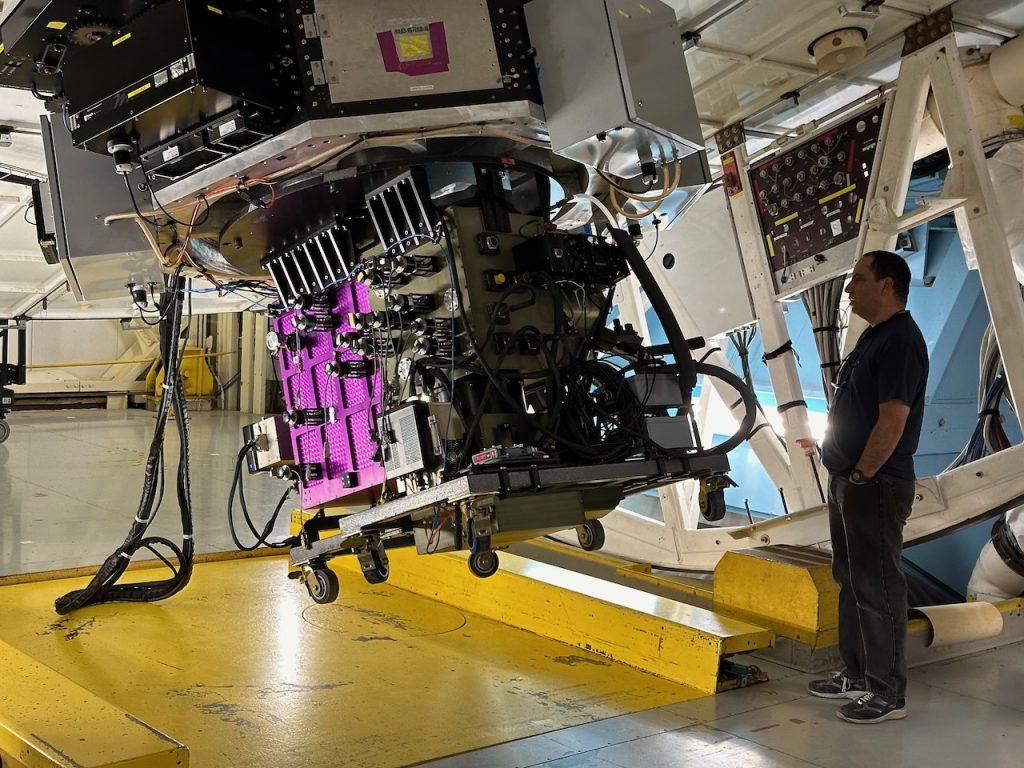
Periscope 1 was only moving 1 direction in one of its axes (TY). Luckily we had a spare controller so Grant swapped that out and got it working again!
We tried to check the IR WFS alignment but the camera seemed to be behaving strangely, at least there were some noisy channels. So at the end of the night we went on to the Vis WFS and did a few tests to analyze whether the raggedy edges of the pupils are due to either pupil misconjugation, chromatic bandpass effects, or chromatic ADC effects.
For this run we will have a word/phrase of the night. The word/phrase of the night is “Arigatou gozaimasu” or “Thank you very much [formal]”! It is very useful to say to pretty much all conbini, hotel, and wait staff in Japan.
